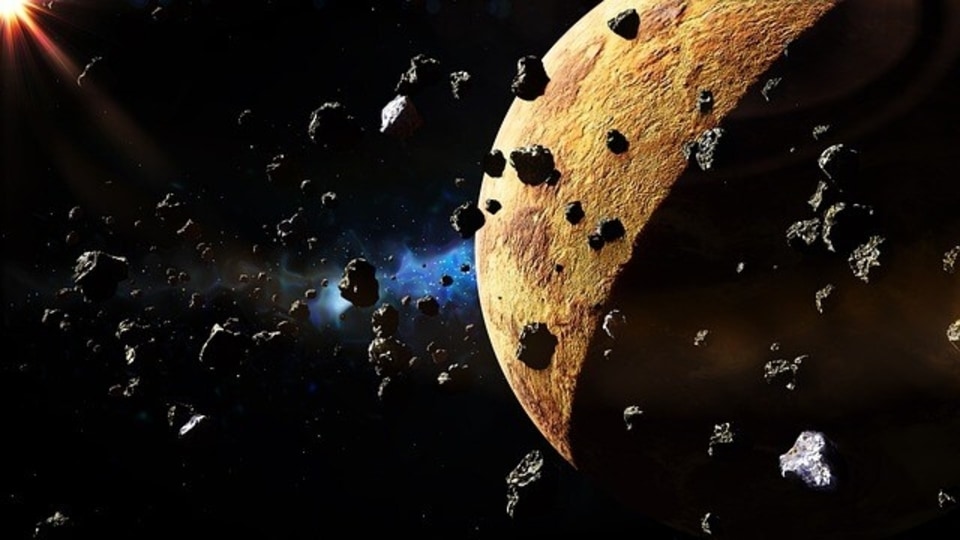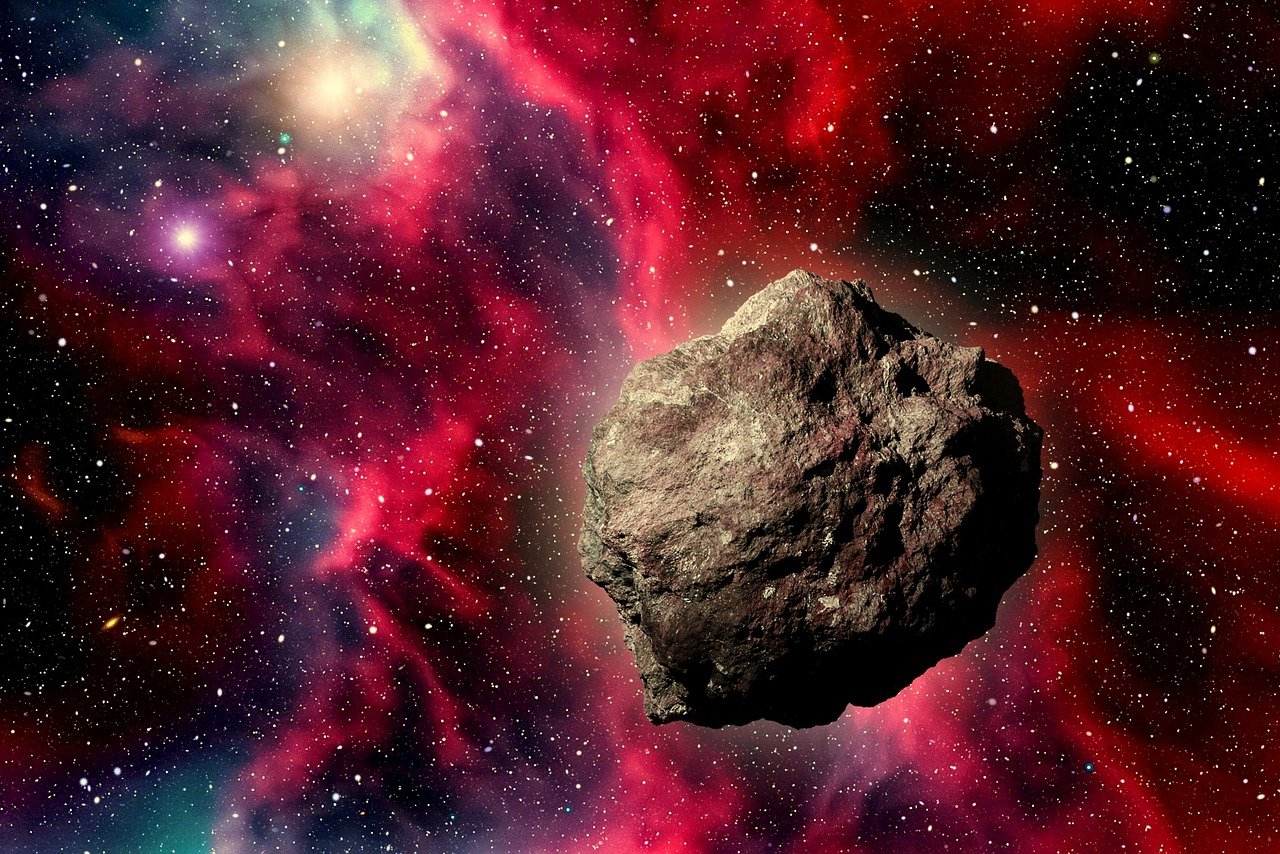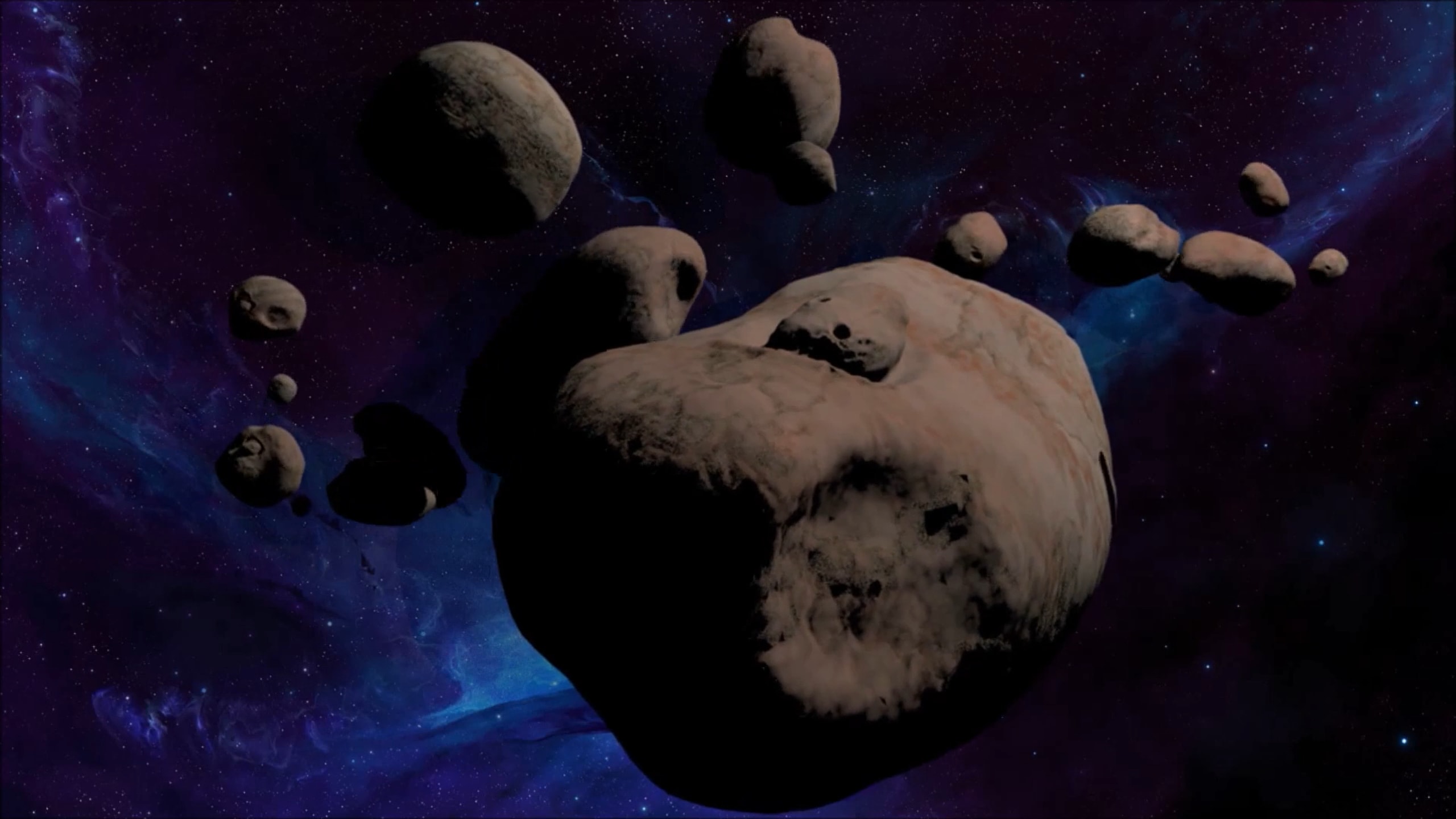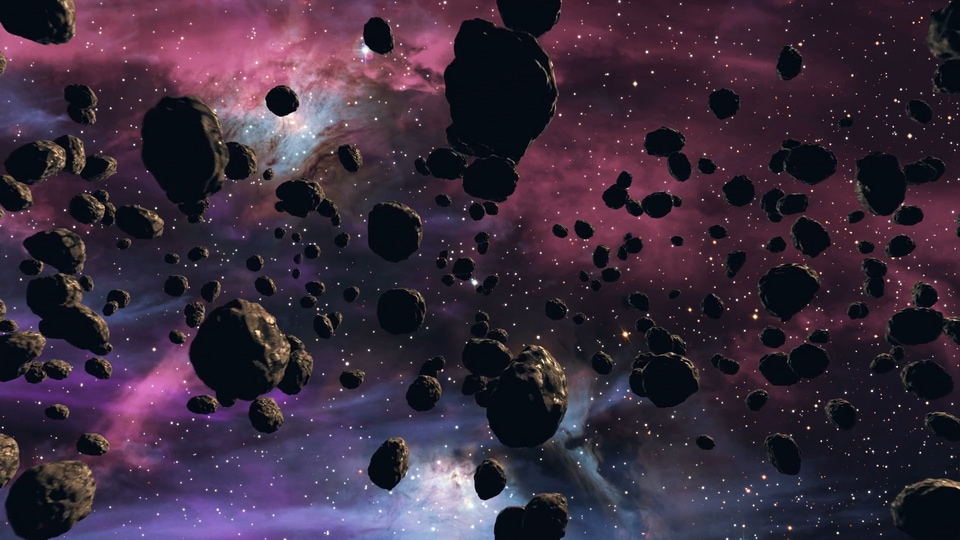GUSTO telescope to launch on a balloon! This NASA mission will map space between stars in Milky Way Galaxy
GUSTO telescope to launch on a balloon! This NASA mission will map space between stars in Milky Way Galaxy






 View all Images
View all ImagesNASA never fails to amaze with its groundbreaking projects. Currently, NASA scientists and Engineers are gearing up for an extraordinary NASA experiment named GUSTO (Galactic/Extragalactic ULDB Spectroscopic Terahertz Observatory) in Antarctica. According to NASA, this innovative project involves a balloon-borne telescope set to launch "no earlier than December 21” as per NASA. Yes, you read that right, it is a balloon-borne telescope. While it will be no match for the James Webb Space Telescope, It will still be a big cog in the gargantuan NASA machine consisting of land, air and space telescopes. It will launch from the Ross Ice Shelf, near the U.S. National Science Foundation's McMurdo Station research base.
Mapping the Milky Way with GUSTO
As explained by NASA, GUSTO's primary mission is to peer into the interstellar medium, the space between stars, and create a 3D map of a significant portion of the Milky Way. Focusing on a 100-square-degree area, the telescope will utilize extremely high-frequency radio waves to explore various phases of the interstellar medium and analyze the abundances of crucial chemical elements, such as carbon, oxygen, and nitrogen.
By scanning for these elements, essential for life on Earth, GUSTO aims to unravel the intricate processes shaping the interstellar medium. This space, where diffuse cold gas and dust accumulate into molecular clouds, plays a pivotal role in the birth of stars and planets. GUSTO uniquely positions itself to examine the initial stages of this process, offering insights into how these clouds form.
GUSTO functions as a cosmic radio, tuned to high-frequency signals emitted by atoms and molecules. With its ability to detect signals a thousand times higher than those of cellphones, GUSTO acts as a cosmic listener, capturing valuable data about the interstellar medium. As the telescope moves across the sky, scientists will map the intensity and velocities of signals, creating images that resemble photographs of cosmic emissions.
Chris Walker, principal investigator of GUSTO at the University of Arizona said, “We basically have this radio system that we built that we can turn the knob and tune to the frequency of those lines. And if we hear something, we know it's them. We know it's those atoms and molecules.”
Antarctica: Ideal Launch Site
Antarctica proves to be an ideal launch location for GUSTO due to its constant sunlight during the southern hemisphere's summer, providing stability for scientific balloons. Additionally, the atmospheric conditions around the South Pole generate a phenomenon called an anticyclone, enabling balloons to fly in circles without disturbance. This allows for extended observation periods, maximizing scientific output.
GUSTO's mission extends beyond our galaxy, as it aims to reveal the 3D structure of the Large Magellanic Cloud (LMC), a dwarf galaxy near the Milky Way. By studying the LMC and comparing it to our galaxy, scientists hope to gain insights into the evolution of galaxies from the early universe to the present.
GUSTO mission is a collaborative effort of NASA, the University of Arizona, Johns Hopkins Applied Physics Laboratory, the Netherlands Institute for Space Research, MIT, JPL, the Smithsonian Astrophysical Observatory, and others.
Catch all the Latest Tech News, Mobile News, Laptop News, Gaming news, Wearables News , How To News, also keep up with us on Whatsapp channel,Twitter, Facebook, Google News, and Instagram. For our latest videos, subscribe to our YouTube channel.




























